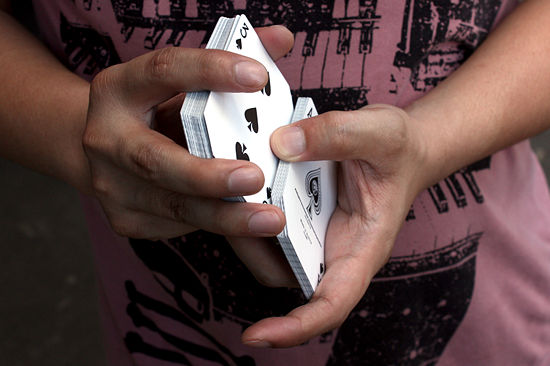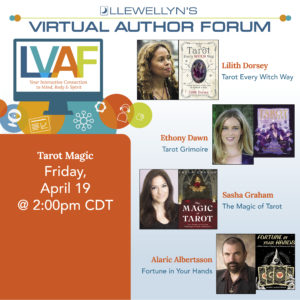Shuffling and Selecting Cards
Once I was in a yarn store with a friend. I was teaching her to knit and we were picking out yarn. The yarn she wanted was in a skein not in a ball, so I told her had to wind it into a ball before she started knitting. She asked, “how do you wind it into a ball?”
I cannot remember when I learned to wind yarn (or string) into a ball. I cannot remember not knowing. It never occurred to me that someone wouldn’t know how.
That happens a lot, when people have known how to do things forever. Shuffling and selecting cards is a lot like that. I tell people to shuffle and draw the cards for the reading. They sometimes look baffled and I realize that they are waiting for instructions, either because they are not card players and just don’t know or because they are afraid they are “doing it wrong.”
I know lots of readers and have seen lots of different ways to shuffling and selecting cards. My best advice is to try as many as you can and pick whatever works best for you. You should pay attention to how the cards feel in your hand; tarot is tactile and sense perception is important. You should also consider your philosophy about the cards. This is particularly true for the card selection. But first, let’s talk about shuffling.
Randomizing the cards
There are several ways to, as Rachel Pollack says, “return the cards to their original state of chaos.”
1. Riffle shuffle
This is when you divide the deck in two and riffle them together. Some people don’t like this method because it bends the cards slightly. Others like it because it is fun, feels good, and is somehow satisfying.
2. Overhand shuffle
This when you hold the cards in one hand longways and pick some up with the other hand and then smoosh them back together. Sometimes people start with a few riffles and end with a few overhand passes.
3. Finger Paint shuffle
This is when you put the deck, face down, on the table and just spread them all over and mix them up, like you are finger painting. I’ve also heard this call Mudpie Shuffle. When you are done, you can gather them up and deal from the top or select the required number of cards for the spread (see selection methods below).
EDITED TO ADD:
My friend, Luneae Weatherstone, just shared some interesting information about the Finger Paint Shuffle:
What you call the fingerpaint method is what Shekhinah Mountainwater called “stirring” the cards, as if they were in a cauldron. Then once the cards are well-stirred and spread out on the table or floor, you draw individual cards, perhaps stirring some more as you go if it feels like some cards need to come to the top of the “brew.”
After deciding what method or combination of methods you like, then there is the question of “how many times?” Again, there are many options. Here are a few:
1. Any number you want, but the same number every time.
2. Have the querent pick a number.
3. Determine the subject of the reading, pick a Major Arcana card that matches the theme and use that number. For example, a reading about love-The Lovers, VI-six times.
4. Just keep shuffling until the deck feels done…kind of like baking a cake, you can use a timer and a good baker just “knows” when it is done.
Selecting the cards
This is done after you’ve shuffled the cards, then you need to select the cards needed for the reading. As with all things tarot, there are a number of possibilities.
1. Deal off the top of the deck.
2. Fan the cards out in an arc and have the querent pick the number of cards needed.
3. Fan the cards out in an arc, move your hand slowly over the cards to sense the energy of the cards that want/need to be picked.
I’m sure there are even more options than I’ve mentioned here. But if you are a beginner, these should get you started. The most important thing is that there is no one and only true way to do this. You can and will find your own way of doing things!











